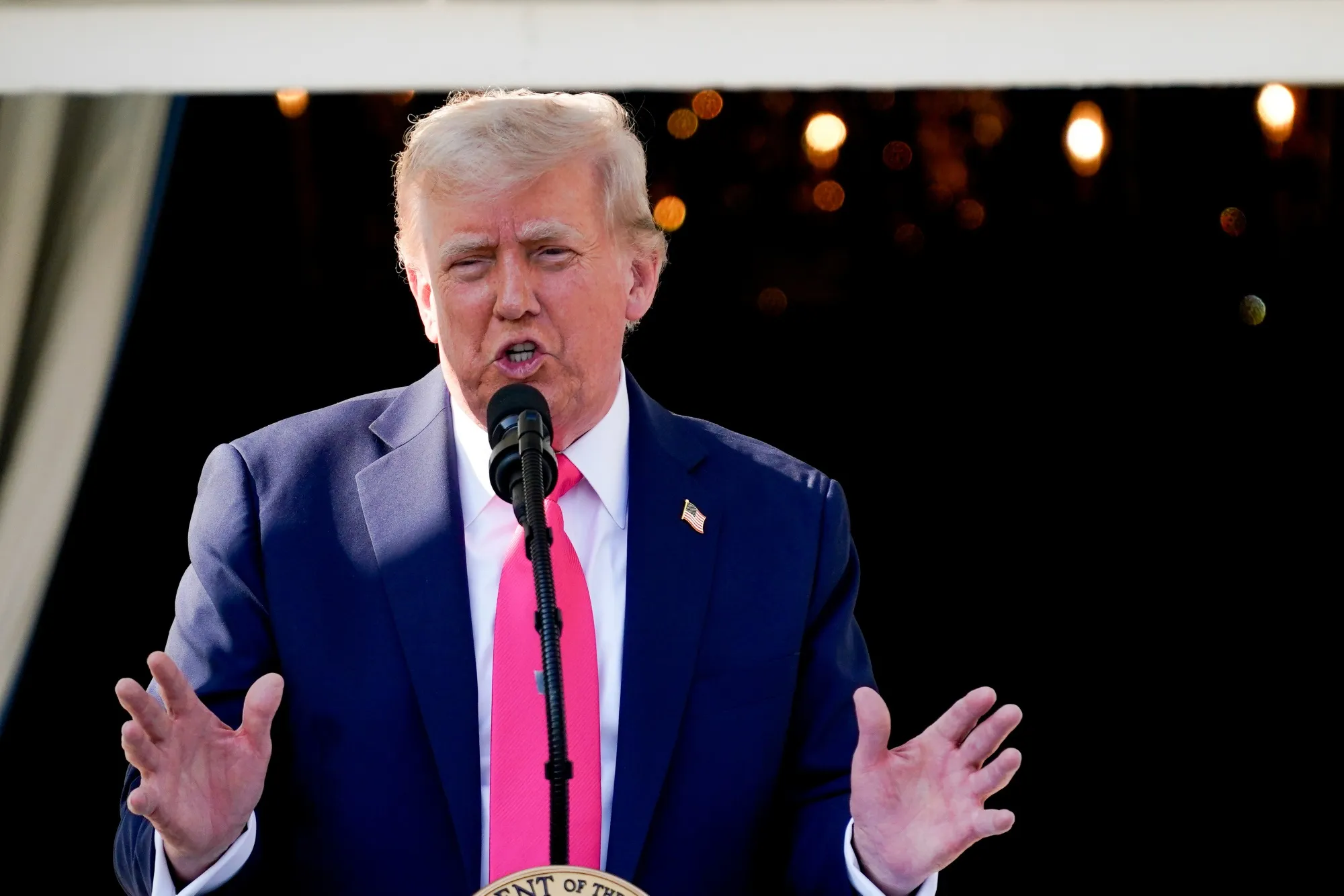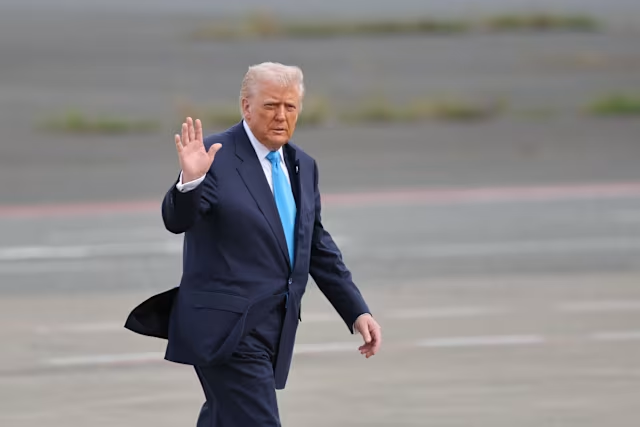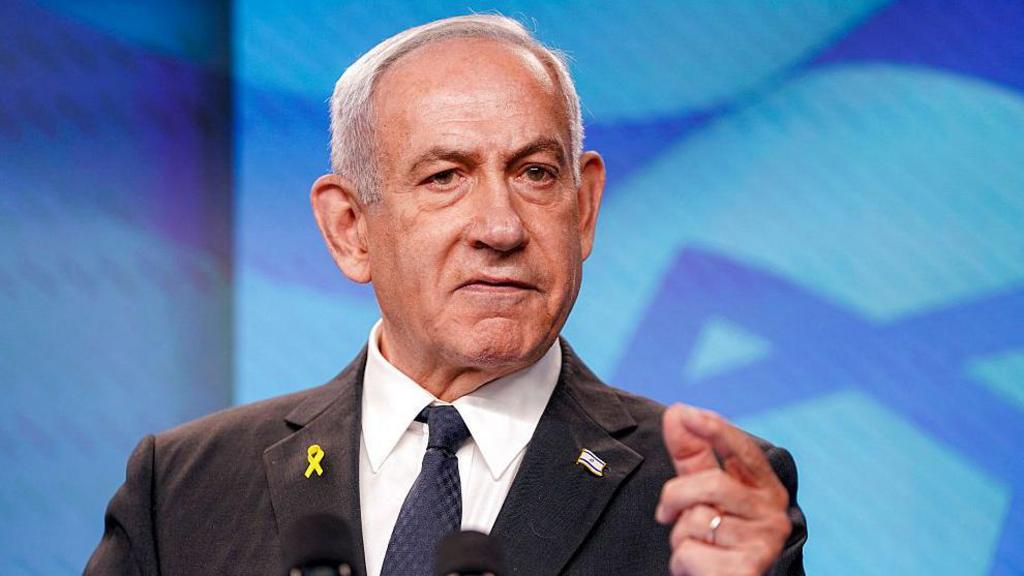Now Reading: Trump Threatens 10% Tariff on BRICS Nations, Raising Concerns for Indian Exporters
-
01
Trump Threatens 10% Tariff on BRICS Nations, Raising Concerns for Indian Exporters
Trump Threatens 10% Tariff on BRICS Nations, Raising Concerns for Indian Exporters

Former US President Donald Trump has issued a strong warning to BRICS countries, promising an additional 10% tariff on their goods if he returns to power. The statement, aimed at reshaping US trade priorities, has sparked concern among Indian businesses and exporters who rely heavily on the American market. As global tensions rise, India’s Tier 2 cities with export-driven industries may face the direct impact of such policy shifts.
What Did Trump Say?
During a public address, Donald Trump stated that countries under the BRICS alliance—Brazil, Russia, India, China, and South Africa—should prepare for a 10% tariff hike if he secures another term in office. Known for his protectionist trade policies during his previous tenure, Trump’s message signals a return to aggressive economic nationalism. His focus appears to be on reducing US dependence on foreign goods and reshaping trade relationships to favor domestic industries.
Why This Matters to India
India has strong trade ties with the US, especially in sectors like textiles, pharmaceuticals, information technology, auto parts, and agricultural products. Many of these industries are rooted in Tier 2 cities such as Ludhiana, Surat, Kanpur, Coimbatore, and Ahmedabad. A sudden tariff hike would make Indian products more expensive in the US, directly impacting orders, pricing competitiveness, and overall demand. Small and medium enterprises (SMEs), in particular, may face difficulty adjusting to higher costs and stricter entry barriers.
Possible Economic Impact
The warning has added uncertainty to global markets, especially those dependent on the US economy. A 10% tariff on BRICS goods could lead to a chain reaction of retaliatory measures, triggering a trade war with broader consequences. For India, this could mean a shift in export strategies. Businesses may have to explore alternate markets or reduce dependency on the US. Price-sensitive sectors might also face pressure on profit margins, resulting in job losses or production cuts in manufacturing hubs.
Domestic Voices and Industry Response
Indian trade experts believe this announcement should be taken seriously, though it may also be seen as part of Trump’s election strategy to appeal to domestic voters. Many Indian exporters have already started diversifying into Southeast Asia, Europe, and Middle Eastern markets to reduce reliance on any single country. At the policy level, there may be calls to renegotiate terms under existing trade agreements or push for more favorable terms with the US through diplomatic channels.
Conclusion
Donald Trump’s tariff threat to BRICS nations has set off a fresh wave of uncertainty for global trade. For India, especially Tier 2 cities that form the backbone of its export economy, this signals the need for careful planning and diversification. While the announcement is political for now, its economic implications may soon become real, and Indian industries must stay prepared for the shifting global trade landscape.

























